|
|
|
|
|
Tennis Surfaces & Tennis Shoes
|
|
|
|
|
|
|
|
|
|
|
Tennis is played
on mainly three surfaces, listed
in order of prevalence, hard
court, clay, and grass. So many
surfaces requires different and
unique footwear to reduce risk of
injury and maximize effectiveness.
Hard Courts
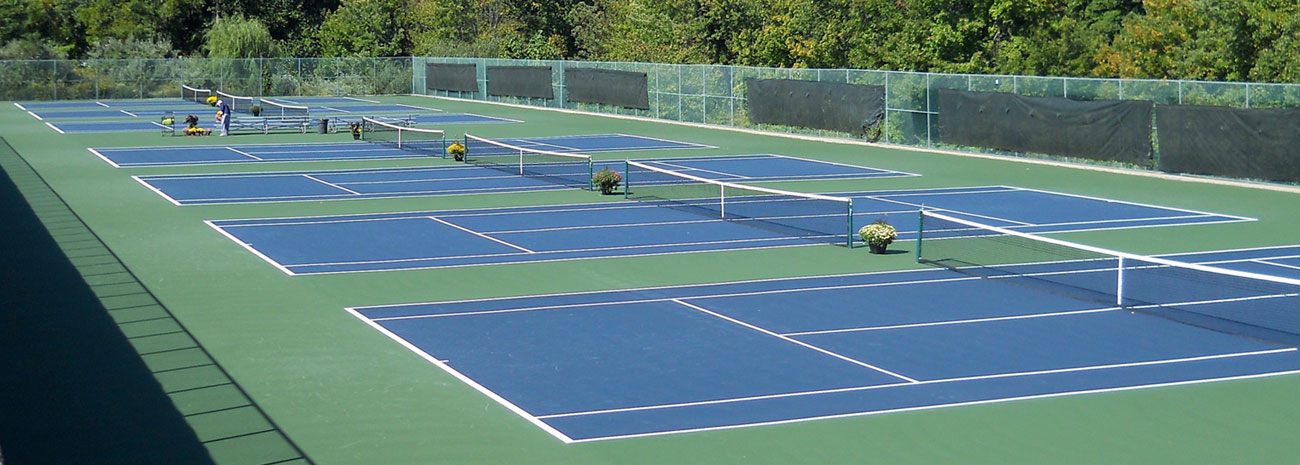
http://www.sportbuilders.com/images/hc-overview1.jpg
|
-
The
coefficient of friction on the
asphalt of hard courts is less
than clay courts, but a little
greater than grass courts.
-
When playing
on hard court, shoes with lots
of grip on the bottom will
allow a pro to stop quickly
but slow the time it takes
them to pivot.
Clay Courts
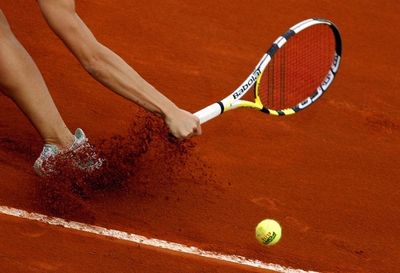
http://cowbell.typepad.com/.a/6a00d83423e30253ef0120a660af2e970b-400wi
|
-
The
coefficient of friction is
much higher on clay courts
than grass or hard courts.
-
Shoes with
tread on the bottom collect
and grip the beads of clay, if
a shoe had a smooth bottom the
clay particles would slide
underneath the shoe decreasing
the total coefficient of
friction.
Grass Courts
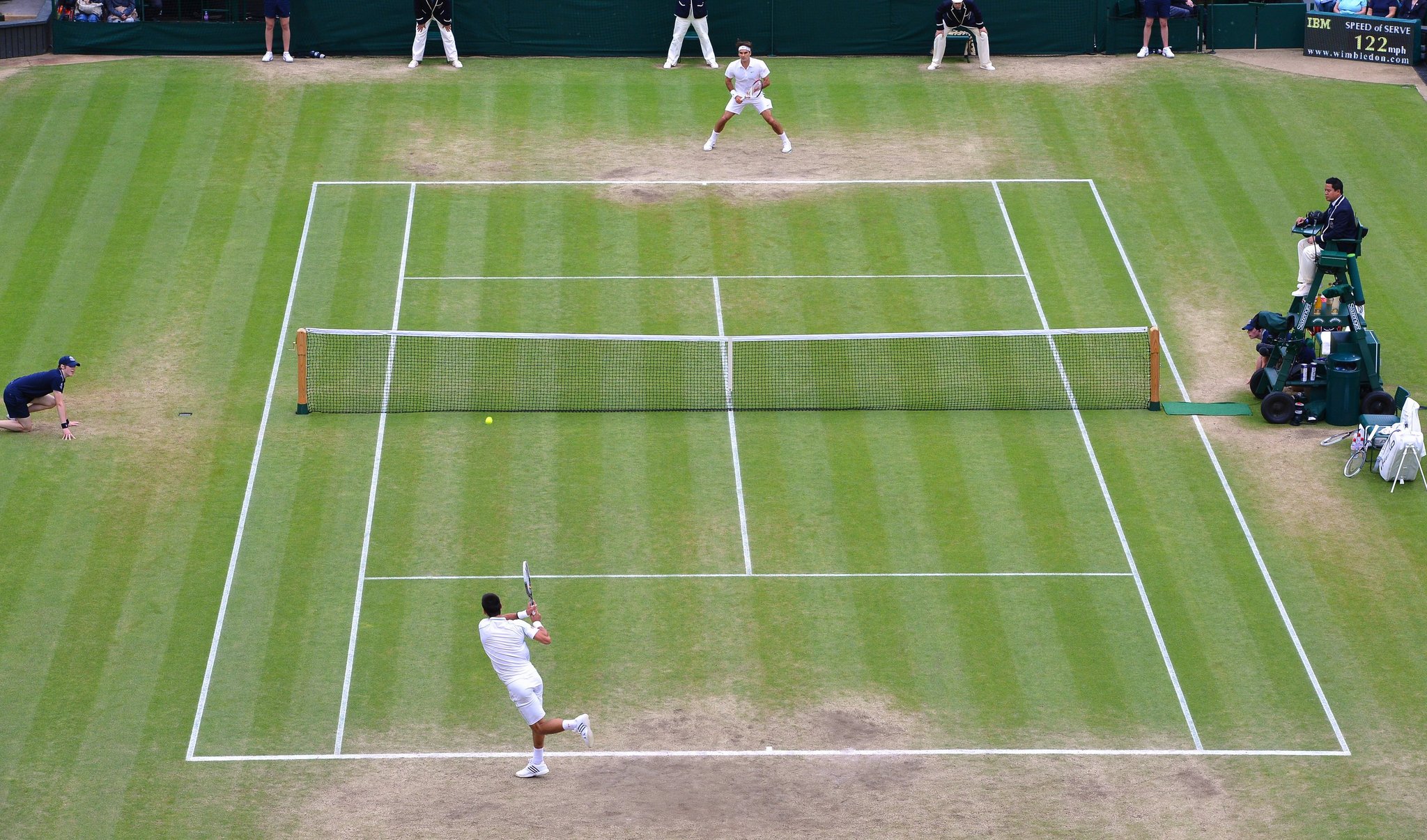
https://static01.nyt.com/images/2012/07/07/sports/GRASS1/GRASS1-superJumbo.jpg
|
- The
coefficient of friction for
grass courts is small, but the
surface is solid like hard
courts.
- This
requires a shoe with a fair
amount of tread.
|
|
|
|
|
|
|
|
|
|
|
|
|
|
|
|
Friction Between Ball and Court
|
|
|
|
|
|
|
|
|
|
|
When a ball hits
the surface of the court there is
a frictional force pointing in the
opposite direction of its motion.
This results in the slowing down
of the ball, but only part of the
ball is slowed at a time. The
bottom half is slowed down, while
the top half of the ball remains
constant. This causes balls to
spin forward if thrown with zero
initial spin, at an angle from the
point of impact between zero and
ninety degrees, and onto a surface
with notable friction. This next
figure combines characteristics of
how springy the court is with the
coefficient of friction for those
courts.
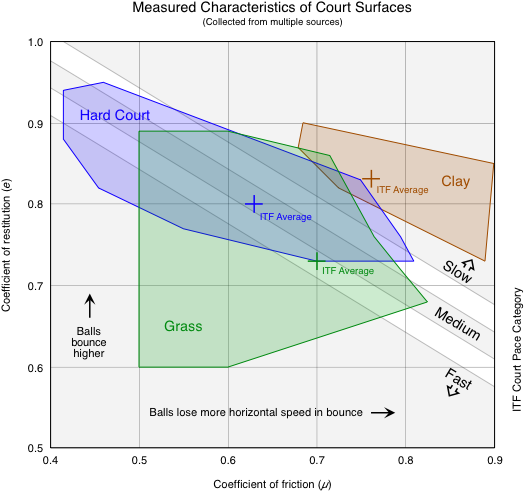
https://fogmountaintennis.files.wordpress.com/2014/04/court-speed-ranges.png?w=640
|
The figure below
shows the basic properties of a
ball hitting the court surface. We
can see that if we increase the
frictional force the exit angle of
'V2' will be greater. Another
interesting thing to note is that
if we increase 'w' or the
revolutions per minute the angle
of 'V2' will be smaller. The
concept and effect of spin on the
ball is explained in Types of
Spin.
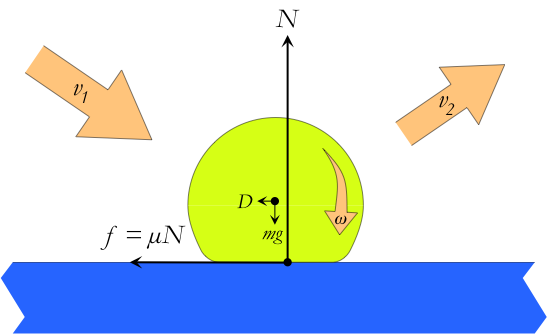
https://fogmountaintennis.files.wordpress.com/2014/04/ball-bounce-free-body.png?w=640
|
|
|
|
|
|
|
|
|
|
|
|
|
|
|